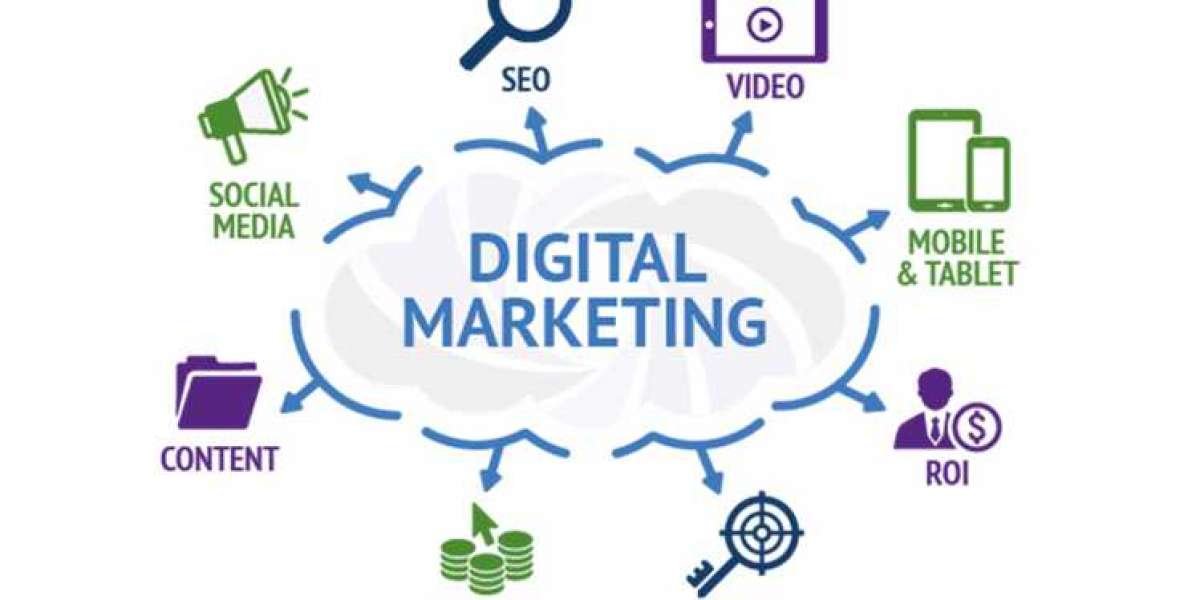When a consumer has a problem and requires a service or product, they turn to the almighty Google or their social media friend base. As a result, the fundamentals of marketing in the digital age have shifted. This includes how marketers approach potential customers as well as the channels through which they do so.
Radio commercials, television commercials, and other non-value-added advertising mediums are becoming less and less relevant as end consumers become increasingly irritated by interruption marketing.
The Fundamentals of Marketing in the Digital Age
Attraction – Strangers to Visitors Phase 1
Attraction is the foundation of everything.
Priority number one is to be present on search engines and social media channels when a company's potential consumer base has a problem or is looking for a solution. When a digital consumer has a problem, they turn to Google or their social network, and a company that is present and ready to help the consumer is already on their way to a great start to a relationship.
Phase 2: Convert – Visitors to Leads by Adding Value
At this point, the consumer has done their research and has arrived at a company's website to conduct their research in order to help solve their pain. This is where the majority of traditional businesses miss out on a huge opportunity to start building a relationship with their customer base. The company of yesteryear will have one standard call-to-action. PLEASE CONTACT US.
That's akin to proposing marriage on the first date. You brush your teeth, your clothes are clean, and you appear intelligent, but I am not yet prepared to marry.
Close (Phase 3) – Leads to customers
Developing the relationship
The relationship has begun, the consumer is being informed about a current problem in their life, and the company is establishing trust and demonstrating their expertise to said consumer.
What happens next?
A company can request more information about a potential consumer and patiently wait until the potential consumer is ready to take the next step in becoming a customer by continuing to add value through email nurturing campaigns, webinars, additional checklists and guides. Certain indicators, such as a customer visiting the pricing page and spending more than a minute on the page, can be set up by the company to confirm the potential customer as a qualified lead, which will then trigger a more formal action, such as a phone call or an email requesting a meeting. Companies can wait until their potential customers are comfortable and ready to be contacted by monitoring user behaviour, creating user action based triggers, and using marketing automation.



